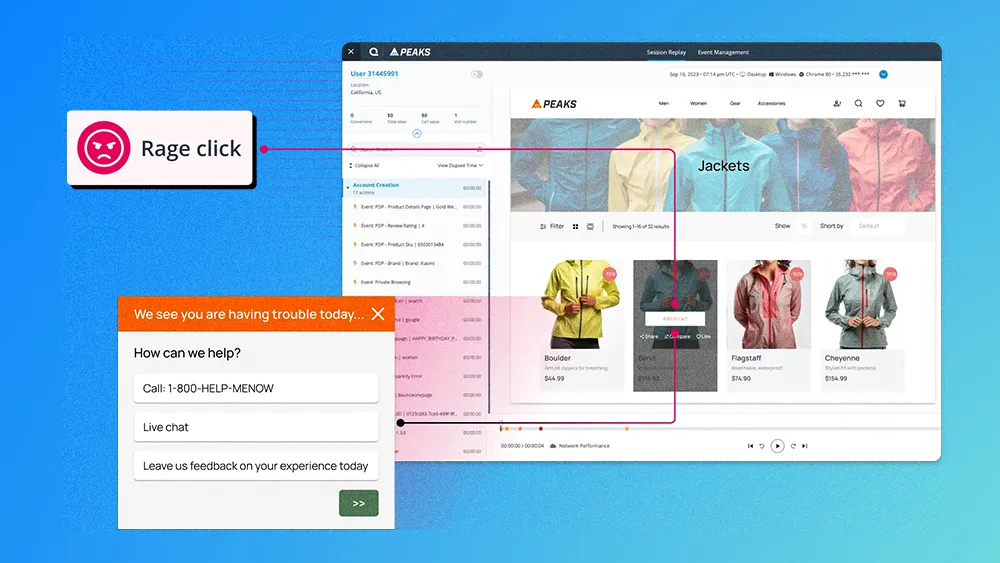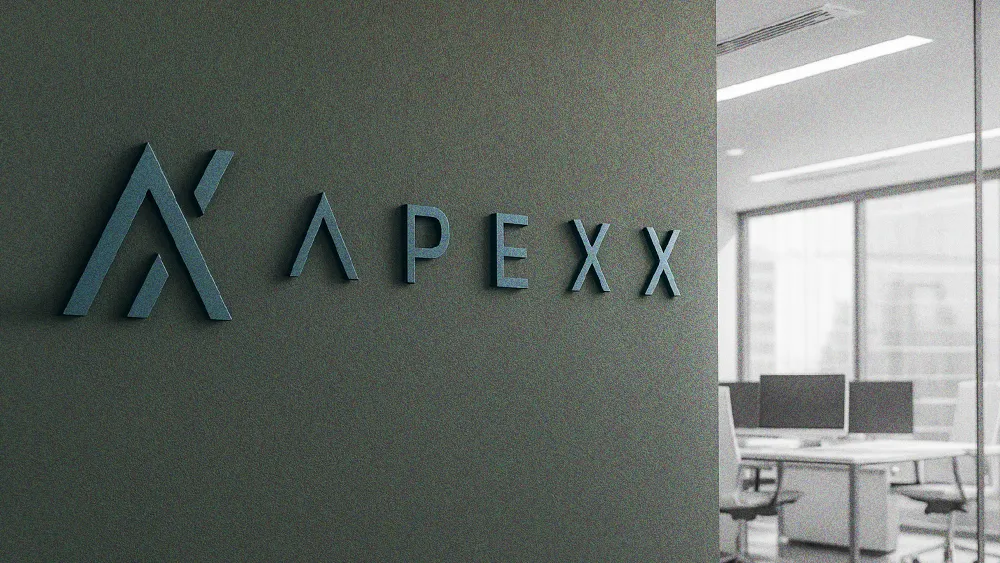
All articles
What a $1.5 Billion Bet on Genesys Means for Agentic AI in Customer Experience
Alex Richards, Regional VP of Partnerships at Quantum Metric, on the $1.5B Genesys investment and what it means for AI in CX.

Key Points
The $1.5 billion investment in Genesys signals a shift in customer experience infrastructure, as rivals unite to dominate the market.
Alex Richards, Regional Vice President of Partnerships at Quantum Metric, stresses the importance of data integration in this new era.
Critiquing the overhyped ROI claims, he argues that AI's potential is limited without clean, orchestrated data.
Most likely, the Genesys deal represents a strategic alliance to strengthen market position against larger competitors, Richards concludes.
AI without orchestrated data is just a smart tool operating on bad information.
The combined $1.5 billion investment in Genesys, led by ServiceNow and Salesforce, is more than a funding milestone. It signals a shift in customer experience (CX) from being a surface interface to becoming the core infrastructure connecting marketing, service, and operations.
But Alex Richards, Regional Vice President of Partnerships at Quantum Metric, warns against getting caught up in the hype saying, “No single platform can own the entire customer journey. The reality is that some customers just aren’t going to move from the software they’re already using.”
Flawed foundation: For years, CX has suffered from a fractured, vendor-centric model. Each platform maximizes its footprint while enterprises chase disconnected KPIs. The result is operational blindness. “An AI copilot might help an agent resolve a call faster, but the company could remain blind to the fact that a broken button on its website triggered 10,000 of those calls in the first place if tools do not talk to one another,” Richards explains. "Without orchestration, AI becomes an accelerator of inefficiency."
30% illusion: Bold AI ROI claims, like “reduce costs by 30%” or “replace thousands of agents,” make headlines. But Richards sees these as sales narratives, not operational truths. He explains it as hype vs. reality. Hype: Fire agents, slash costs, automate everything. Reality: Fix broken workflows, automate repetitive tasks, and redeploy employees to higher-value work. “AI without orchestrated data is just a smart tool operating on bad information,” Richards says. “The real prize isn’t fewer jobs, it’s better jobs, and eliminating more dull tasks.” Industry data backs him up. McKinsey finds that 70% of digital transformations fail to meet objectives, while MIT research shows 95% of AI projects underdeliver without clean data pipelines.
Enterprises are deeply entrenched in legacy systems. Ripping them out is rarely an option. “Technology vendors want every ticket, chat, and call in their ecosystem,” Richards says. “But customers don’t care about footprints, they care about problems being solved and where they live.” In this light, the Genesys investment looks like more of a defensive alliance: a move by rivals to protect market share before even larger players step in.
Connecting the dots: Richards points to a recent experience on a payment issue involving two entities owned by the same parent company. Same chat, same brand, but no connected data. Every customer has felt this pain: repeating the same information to multiple parts of the same company. “The fix didn’t require new AI,” Richards notes. “It just needed shared context. If the agents had access to the same data, the issue would’ve been solved in minutes, saving money, boosting CSAT, and protecting loyalty.” This messy reality stands in stark contrast to the glossy AI promises filling boardroom decks.
Don't forget Grandma: Richards emphasizes the human side of CX. “For a 74-year-old grandmother, picking up the phone is easier than navigating a chatbot. Any tech-first strategy that ignores customer demographics or capabilities is destined to fail.” AI must enhance the experience for all customers, not just the digitally fluent.
What good looks like: Richards cautions against hype, but also lays out a constructive path forward. The future of CX, he argues, must be customer-centric, meeting people where they are, whether that means a phone call, a chat window, or an in-person interaction. Key pillars include orchestrated data pipelines to ensure accuracy across systems; seamless workflows that connect marketing, service, and operations; AI augmenting, not replacing agents, eliminating dull tasks so people can focus on high-value interactions; and equipping agents with instant context, so they know exactly what the customer needs and can resolve issues quickly and effectively. “The best consultants aren’t selling hype,” Richards concludes. “They’re asking: what’s broken, how do we fix it, and how do we make sure the customer feels supported at every step?”
Ultimately, the Genesys investment is less about shiny AI features and more about infrastructure orchestration and integrations. The winners won’t be the vendors chasing platform dominance, they’ll be the ones who connect the dots across customer journeys. What will truly push the industry forward are agentic capabilities. Systems that can talk to each other, built on orchestrated journeys and seamless data flows. By eliminating silos, enterprises can finally unlock the full potential of AI, where insights don’t just live in one tool, but move across the ecosystem to drive faster resolutions and better experiences.
This is why the news is so exciting for Richards. The combined Genesys, ServiceNow, and Salesforce ecosystem is exactly where enterprises want to be. A connected infrastructure where data, workflows, and customer interactions are orchestrated across platforms rather than trapped within them. In CX, the future belongs to systems that work together. And if the Genesys deal shows us anything, it’s that yesterday’s rivals are becoming today’s allies in a race to build those systems, before the biggest players redefine the market altogether.







